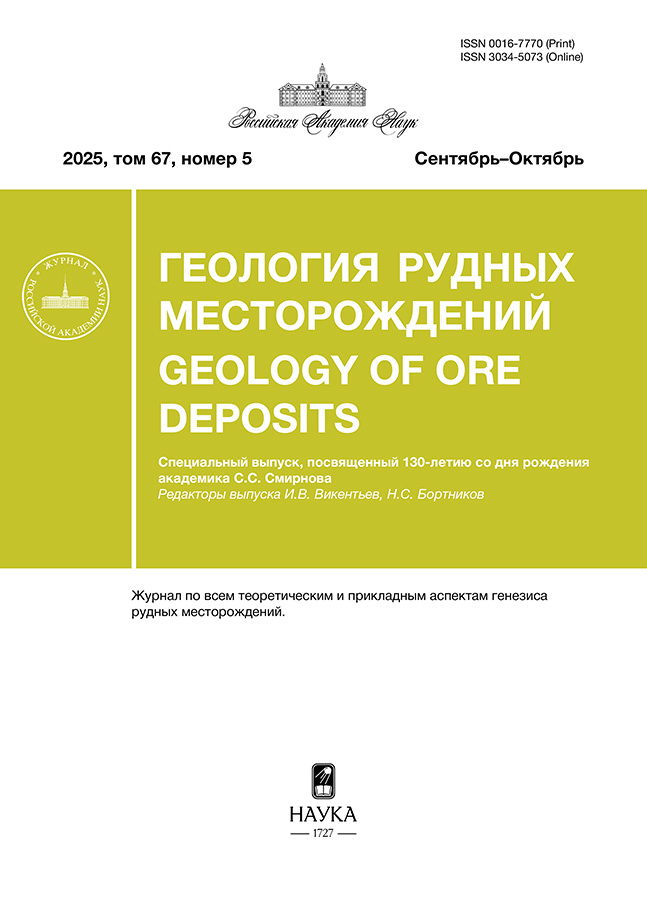The Okhotsk sector, located in the central part of the Cretaceous marginal continental Okhotsk-Chukchi volcanic belt (OСhVB), stretches along the coast of the Sea of Okhotsk (within the borders of the Magadan Region) for a distance of about 1000 km. To date, about 150 tons of Au and more than 14500 tons of Ag have been extracted from epithermal deposits in the Okhotsk sector. Deposits of the Se subtype predominate; Te-containing mineralization is rare. Volcanic troughs, depressions, calderas, dome uplifts, as well as zones of tectonomagmatic activation (TMA) control the location of deposits. A brief description of the main Au-Ag and Ag epithermal deposits of the Okhotsk sector is given. The ore bodies are represented by quartz-adulyar and quartz-adulyar-carbonate veins, sometimes assembled in a spiral fashion into extended vein zones. The ores of most deposits are characterized by complex, combined breccia-croustification textures; widely developed rhythmically and collomorph-striped textures, which have a predominantly thin and mottled distribution of ore inclusions, often with their striped accumulation (ginguro). Native gold has a relatively low purity and a low to high dispersion of this indicator. Native silver is present in significant quantities in the polysulfide ores of the Omsukchan metallogenic zone (OMZ) deposits. Faded ore of the tetrahedrite group, such as freibergite, acanthite, and sulfosols (Ag, Sb, As, and Sn), are widespread in the ores. The maximum values of temperatures and salinities are typical for the fluids that formed the OMZ deposits, while the minimum values are for the fluids of the eastern (Even Group) and central parts of the sector. The results of textural analysis, mineralogical studies, and physico-chemical parameters of mineral-forming fluids allow the majority of Au-Ag deposits in the Okhotsk sector to be classified as a low sulfidation class of epithermal deposits, and Ag-containing OMZ deposits as an intermediate sulfidation class. Thermal metamorphism of ores, rejuvenation of the hydrothermal system, and the formation of exotic mineral parageneses were noted at the Dukat, Nyavlenga, Juliet, and other deposits. The results obtained can be used in regional forecasting and metallogenic constructions, searching and evaluation of epithermal deposits. Taking into account the fragmentary study of the territory of the Okhotsk sector of the OСhVB, as well as the feathering zones of the TMA, the prospects for the discovery of new epithermal deposits are very real.
 509-526
509-526


 527-559
527-559


 560-590
560-590


 591-613
591-613


 614-640
614-640


 641-677
641-677


 678-711
678-711


 712-740
712-740











